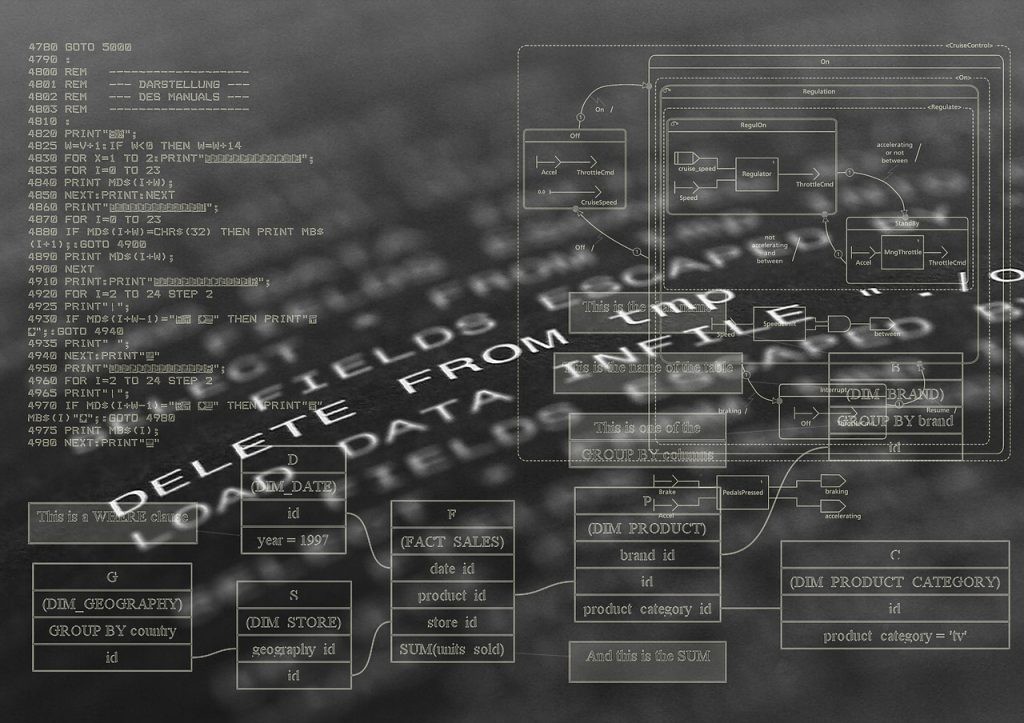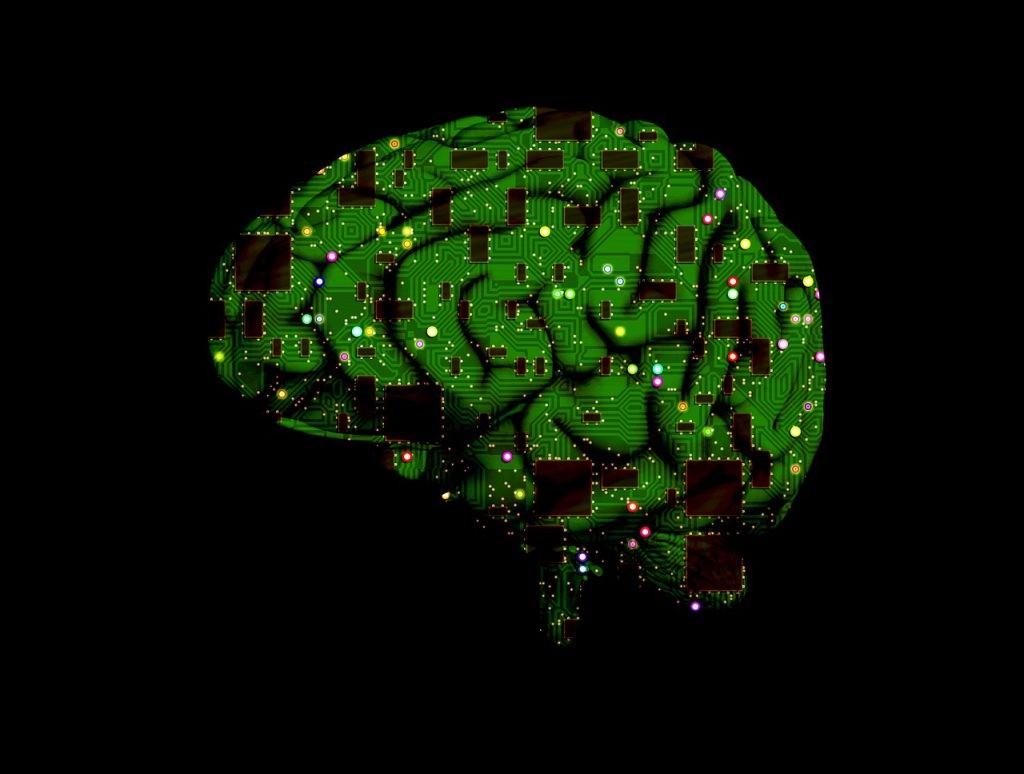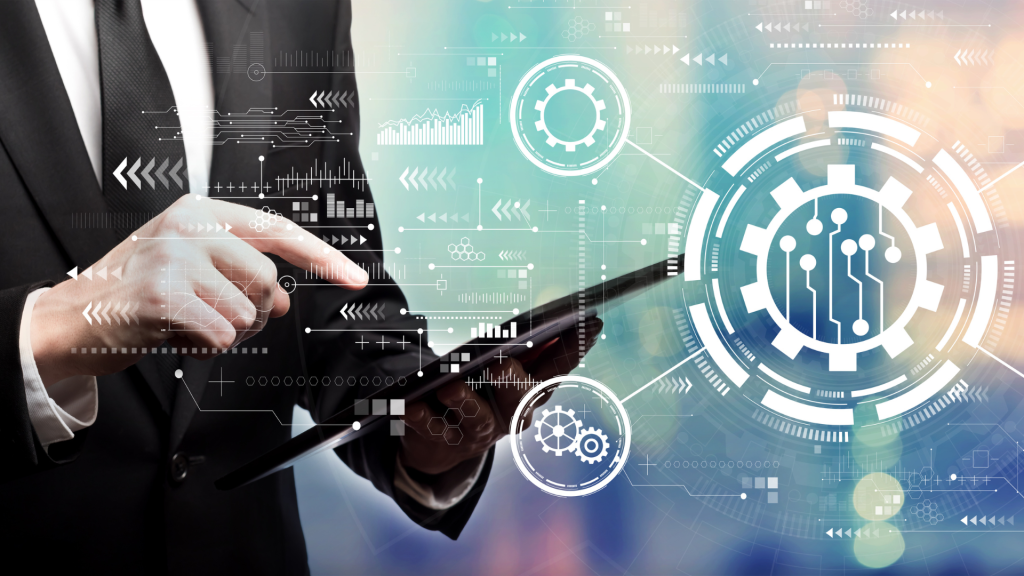
Use of Artificial Intelligence Systems in the Day-to-Day Practice of Law
*This is an AI-powered machine translation of the original text in Portuguese
** Image resource obtained from Freepik.com
The Inter-American Court of Human Rights ('CtIDH') recently released a database regarding its jurisprudence[1], compiling precedents from contentious cases to advisory opinions. When announcing the platform's launch[2] to the press, emphasis was placed on the use of Artificial Intelligence ('AI') technologies in developing the database, which now stands as another tool incorporating this instrument into various daily activities and markets in contemporary times.
AI technologies have gained prominence in diverse spheres. After their rise and popularization, the integration of such tools into how we inform ourselves, communicate, and practice various professions has grown. In this context, the legal profession and the legal world have also witnessed changes with the introduction of new tools using different applications of artificial intelligence.
One of the common concerns when discussing the influence of technologies on different professions is the apprehension about the possibility of their proliferation at the expense of human work; in other words, the suspicion that the expansion of technologies implies the restriction of human activity in a particular sector. However, "the goal is not to replace intelligent agents but to provide computational tools to enhance their performance"[3]. Thus, this adjustment does not imply the replacement of legal professionals by artificial intelligence: despite the breadth and excellence that such tools achieve, there will still be a need for some form of supervision or review of work carried out, to a greater or lesser extent, by algorithms applied to the practice of this professional activity, from gathering precedents from courts around the country to the autonomous drafting of legal documents.
However, once this concern is overcome, legal professionals have at their disposal various technologies that effectively achieve their purpose of benefiting and supporting legal activities. Lawtechs - a term used to refer to companies that develop technological products or services in the legal field[4] - have a variety suitable for the numerous possibilities of developing algorithms and artificial intelligence. Their activities cover various fields of legal practice, with services ranging from creating networks of legal professionals; monitoring and extracting public data, publications, and procedural progress; automating legal documents; creating legal information and content portals; and compiling and analyzing precedents for jurimetric reports[5]/[6] - and this is precisely the nature of the database recently made available by the CtIDH.
The publication of this new tool by the Inter-American Court makes it one of the many courts already using artificial intelligence to enhance their services worldwide. According to a study conducted by the National Council of Justice[7], as of its publication date (June 2022), there were more than 110 projects using artificial intelligence developed or in development in the scope of courts across the country[8]. The Superior Court of Justice ('STJ'), for example, has systems that include the prior and automated analysis of constitutional provisions raised as grounds for special appeals, identification of cases that can be submitted for judgment under the repetitive appeals procedure, as well as mechanisms for extracting legislative and jurisprudential references[9]. Moreover, the Getúlio Vargas Foundation, through its Innovation, Administration, and Research Center, Caroline Somesom Tauk, and Minister Luis Felipe Salomão[10] also addressed reservations regarding the possibility of professionals being replaced by these artificial intelligences, and increasingly, the understanding is that the use of artificial intelligence systems occurs concurrently and complementarily with the activities of human professionals, and not as a substitute for them[11].
Therefore, what is observed is that, as in other professional sectors and private life spheres, technology, including AI systems, joins human activity in the daily practice of law, in a partnership from which various advantages of different natures may arise. In an increasingly competitive environment and with progressively more complex cases emerging, adaptation to the future we are experiencing today is equally necessary.
[1] To access the database, see: https://jurisprudencia.corteidh.or.cr/. Accessed on Nov 3, 2023.
[2] For the press release regarding the database, see: https://www.corteidh.or.cr/comunicados_prensa.cfm?lang=pt&n=1979. Accessed on Nov 3, 2023.
[3] Artificial Intelligence and Law (Juliano Maranhão) https://cnmp.mp.br/portal/images/Congresso/8congresso/MPFAILaw.pdf. Accessed on: Nov 6, 2023.
[4] In this regard, see: MACIEL, Fabianne Manhães. Artificial intelligence in the legal world. Federal Fluminense University, Oct 20, 2020. Available at https://direitodofuturo.uff.br/2020/10/20/inteligencia-artificial-no-mundo-juridico/. Accessed on Nov 6, 2023.
[5] 'Jurimetrics' is a term that refers to the quantitative analysis of courts and other legal acts. In this regard, see: FELIZ, Ricardo. The Judiciary and beyond: applications of jurimetrics. Brazilian Jurimetrics Association, Jul 24, 2023. Available at: https://lab.abj.org.br/posts/judiciario-aplicacoes-jurimetria/. Accessed on Nov 6, 2023.
[6] For a compilation of lawtechs and legaltechs associated with the Brazilian Association of Lawtechs & Legaltechs ('AB2L'), see: https://ab2l.org.br/ecossistema/radar-de-lawtechs-e-legaltechs/. Accessed on Nov 6, 2023. For later applications of artificial intelligence in the legal field, see: 4 Applications of Artificial Intelligence in the Field of Law. Data Science Academy, Dec 15, 2022. Available at: https://blog.dsacademy.com.br/4-aplicacoes-de-inteligencia-artificial-na-area-de-direito/. Accessed on Nov 6, 2023; 6 Examples of Artificial Intelligence in Justice. Digital Justice, Research & Development, Dec 7, 2018. Available at: https://justicadigital.com/blog/exemplos-inteligencia-artificial/. Accessed on Nov 6, 2023.
[7] To access the full 'AI in the Judiciary - 2022' research, see: https://paineisanalytics.cnj.jus.br/single/?appid=9e4f18ac-e253-4893-8ca1-b81d8af59ff6&sheet=b8267e5a-1f1f-41a7-90ff-d7a2f4ed34ea&lang=pt-BR&theme=IA_PJ&opt=ctxmenu,currsel&select=language,BR. Accessed on Nov 7, 2023. For a brief analysis of the research results, promoted by CNJ itself, see: MAEJI, Vanessa. LEAL, Márcio. Justice 4.0: Artificial Intelligence is present in most Brazilian courts. National Council of Justice, CNJ News, Jun 14, 2022. Available at: https://www.cnj.jus.br/justica-4-0-inteligencia-artificial-esta-presente-na-maioria-dos-tribunais-brasileiros/. Accessed on Nov 7, 2023.
[8] CNJ maintains a program, within which the research on AI in the Judiciary was conducted (see above, note 07), in which it promotes the monitoring and analysis of the Judiciary's relations with new technologies of Law 4.0. For the full site of the Justice 4.0 program, see: https://www.cnj.jus.br/tecnologia-da-informacao-e-comunicacao/justica-4-0/. Accessed on Nov 7, 2023.
[9] These systems, already in full use by the Court, are respectively 'Socrates,' 'Athos,' and 'e-Juris.' In this regard, see: Artificial intelligence is present in half of Brazilian courts, according to a groundbreaking study. Superior Court of Justice, Mar 9, 2021. Available at: https://www.stj.jus.br/sites/portalp/Paginas/Comunicacao/Noticias/09032021-Inteligencia-artificial-esta-presente-em-metade-dos-tribunais-brasileiros--aponta-estudo-inedito.aspx. Accessed on Nov 7, 2023.
[10] To access the latest edition of the report, see: SALOMÃO, Luis Felipe; TAUK, Caroline Somesom; et al. Artificial Intelligence: technology applied to conflict management in the scope of the Brazilian Judiciary. 3rd ed. Rio de Janeiro: FGV, 2023. Available at: https://ciapj.fgv.br/sites/ciapj.fgv.br/files/relatorio_ia_3a_edicao_0.pdf. Accessed on Nov 7, 2023.
[11] In this regard, see: SALOMÃO, Luis Felipe; TAUK, Caroline Somesom. Objectives of the artificial intelligence system: are we close to a robot judge? Legal Consultant, May 11, 2022. Available at: https://www.conjur.com.br/2022-mai-11/salomao-tauk-estamos-perto-juiz-robo. Accessed on Nov 7, 2023.



